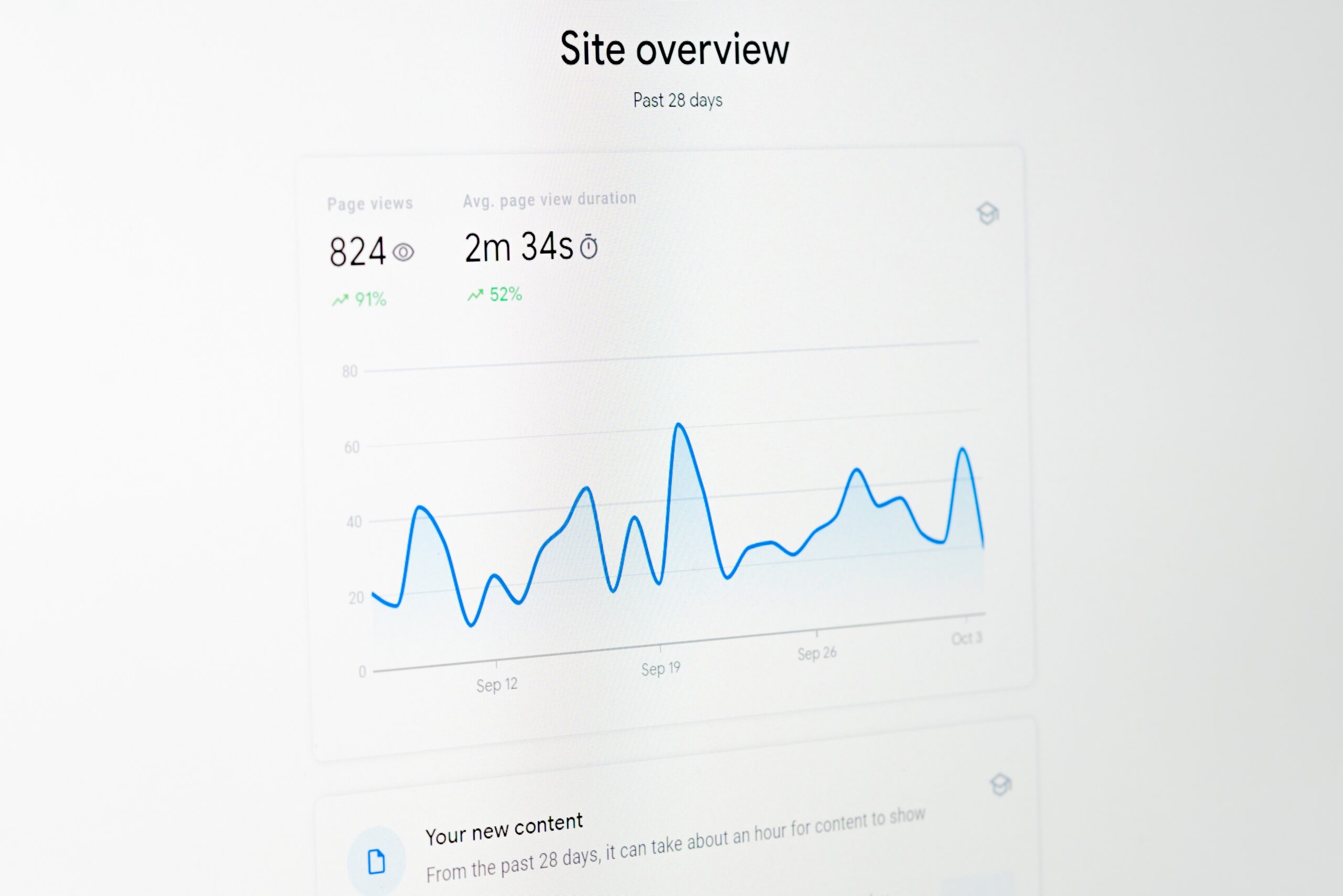Filter by
Take Better Risks: Figuring Out Where to Place Technology Bets with a Tech Adoption Rubric

design
Understanding Design Systems: Why They Matter and How They Can Transform Your Digital Experience
By: Julie

design
Rapid Wireframing: What It Is & How to Do It
By: Chelsea

Nonprofit tech strategy
RSS Feeds: A Simple Win for the Nonprofit Workflow
By: Olivia Oldach

Drupal
Navigating the Transition: Upgrading to Drupal 10
By: Ben

ThinkShout Rebranded
By: Lev

digital strategy
Goodbye Email Open Rates: Prepare for Apple’s Privacy Update
By: Aneta

analytics
Google Analytics 4 Migration
By: Sabriya

DevOps
Tag! You’re a Release!
By: Joe